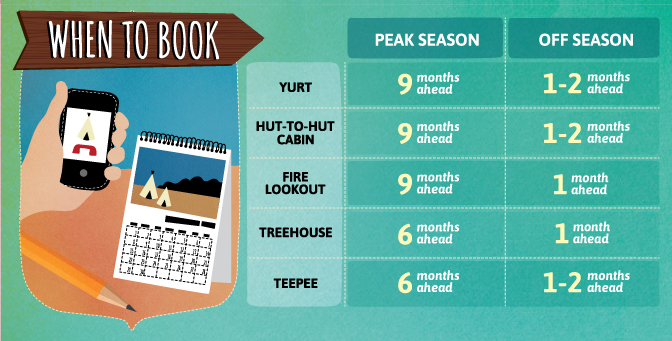Costa Rica has a landscape brimming with opportunities for active adventure. National parks provide safe and pristine environments for rambunctious children to explore. If your youngsters have exhibited interest in climbing, jumping, gliding, or bouncing, make sure to fit some of these activities into your Costa Rica itinerary.

You can usually find a tour that offers some combination of the following activities, and your tour guide can provide you with all the equipment you need.
Of course, family vacations in Costa Rica don’t only cater to visitors with boundless energy. If you get a moment to yourself, take a tour of a coffee plantation, or unwind on the beach, or go for a holistic soak in a volcanic hot spring.
But while you’ve got your kids along for the ride, take them on expeditions that will leave an indelible impression. For most kids, that means experiences that send them into totally new environments. Costa Rica’s National parks will invite them to explore their appetite for outdoor excitement.
Suspension Bridges
Look for hikes that will take you high up in the jungle canopy. Walking over a suspension bridge will add excitement to your hike, and offer spectacular views of the surrounding landscape. In Arenal National Park, the view will include the ancient, snow-capped Arenal Volcano.
Visit suspension bridges in Monteverde National Park to voyage into the heart of the park’s cloud forest – a rare environment that develops when high humidity combines with a high elevation. Cloud forests create a habitat for some of the world’s rarest plants and animals.

Tubing and Rafting
Tubing down a river in Costa Rica will let you see the lush landscape from your own tubular oasis. This is an especially good way to see the jungle – you’ll get to observe the wildlife on the banks of the jungle while you move at a leisurely pace.
Older kids can try something a little more advanced with a white water rafting trip. Your guide will make sure everyone has taken all the necessary safety precautions before you begin your rollercoaster ride down the white water rapids of the Naranjo, Pacuare, or Sarapiquí River.
Kayaking and Surfing
Kayaking allows you to get up-close to the twisted trees that make up Costa Rica’s exceedingly rare mangrove forests. You’ll see marine birds, like spoonbills and pelicans, as well as monkeys. There’s even a chance you could catch a glimpse of a crocodile. Guanacaste National Park and Marino Las Baulas National Park are both good destinations for kayaking around mangrove forests. Manuel Antonio National Park has mangrove forests as well as opportunities for ocean kayaking.
While you’re visiting Manuel Antonio National Park, sign up for surfing lessons. Beaches here offer easy-going waves and plenty of qualified surfing instructors. Even if your kids have never tried it before, they’ll be excited to get into the clear, blue waters of Costa Rica’s Pacific coat.
Rock-climbing
In the midst of the dense Costa Rican jungle, visitors can make an afternoon of rock climbing in a canyon. Surrounded by deep green vegetation, these rocky destinations serve as a habitat for colorful birds and plants. Gorgeous jungle canyons are the perfect place for your kids to push themselves to get to the top.
And as you scramble up the side of the rock face, you’ll have the noisy jungle to serve as the soundtrack to your expedition.
Rappelling in a Waterfall
Waterfalls are easily the most refreshing natural formations. And rappelling down a waterfall is, without a doubt, the best way to recover from a steamy hike through the jungle. Have your kids wear quick-drying clothing so they’ll be ready to spend part of their day conquering the cascade.
Zip-lining
No trip to the jungle canopy is complete without a zip-line ride through the treetops. After admiring the plumage of Costa Rica’s tropical birds, you can join your feathery friends on a flight of your own. This is a thrilling activity, and a good source of motivation for a youngster on a hike.











 A Better Life for Half the Price
A Better Life for Half the Price











































